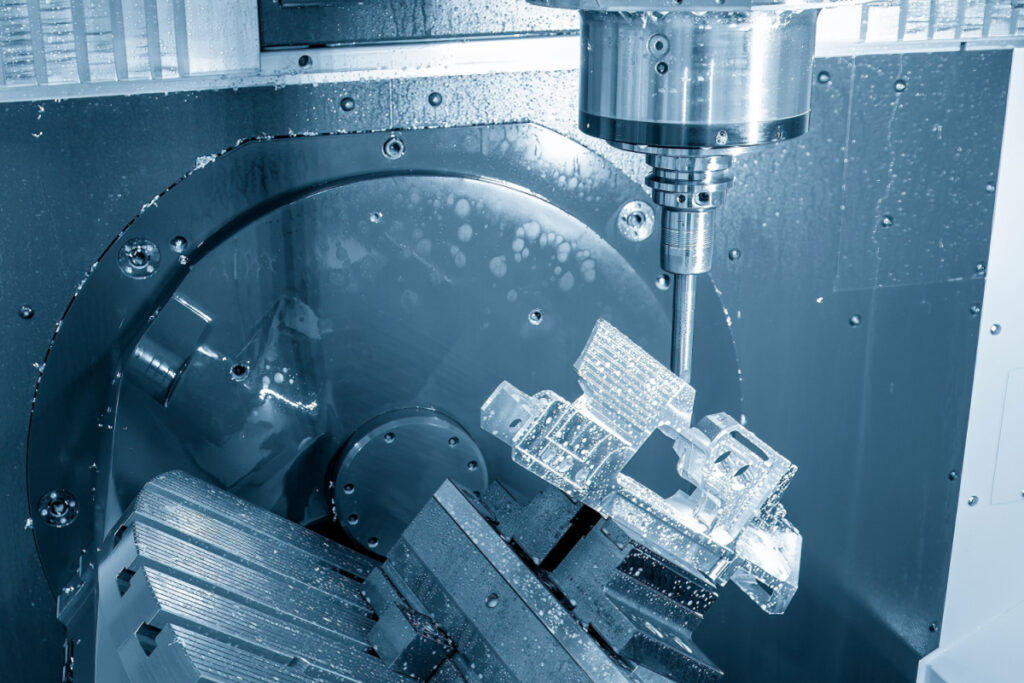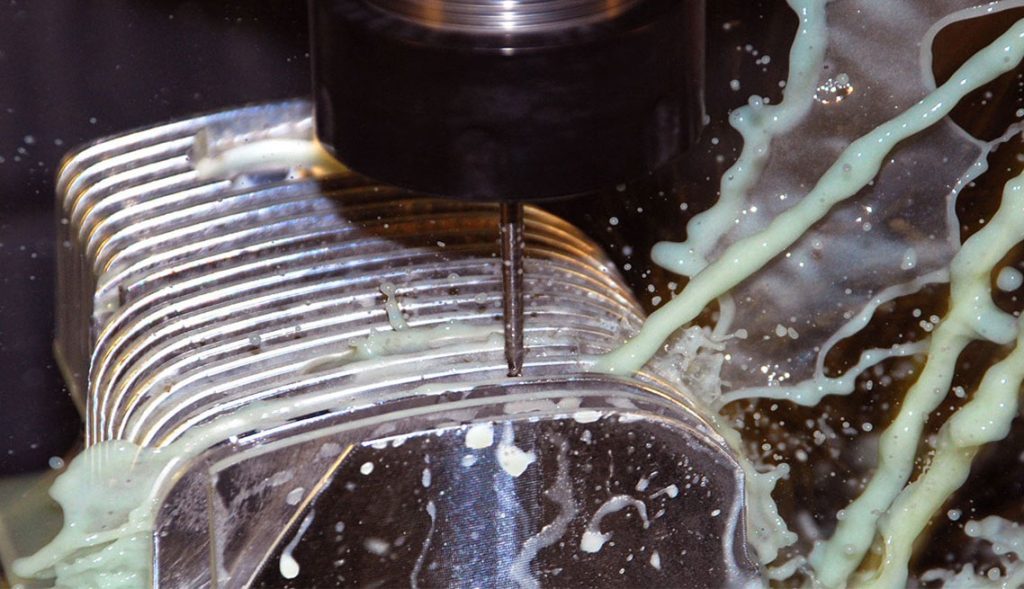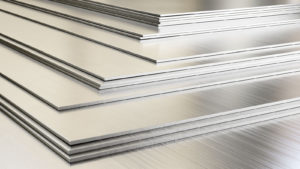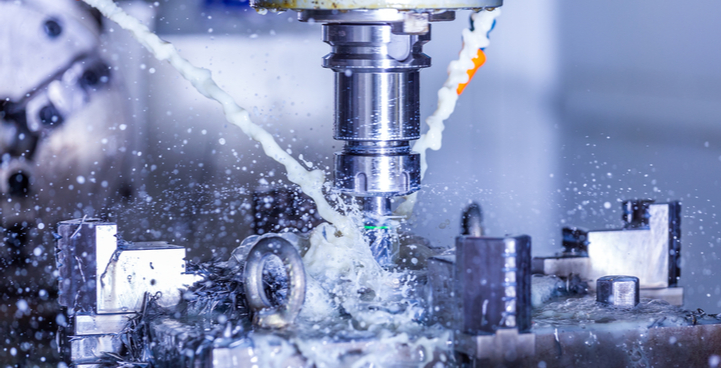CNC technology has evolved to include touchscreen controls, along with CAD and CAM software run by G-code and M-code, robotic machine tending and multiple axis machines. At Roberson Machine Company, our CNC milling services revolve around state-of-the-art 3 axis, 4 axis and 5 axis machines. When designing a CNC part, you may not have thought about which type of machine your part will be machined on, but the complexity and type of geometry you can design will be different for different types of machines.
Call Roberson Machine Company to speak with our team about your planned part at 573-646-3996 or contact us online. Our CNC milling specialists can discuss our capabilities when it comes to machined parts, and we can help develop the best comprehensive plan for your project.
The main difference between 3 axis, 4 axis, and 5 axis CNC milling is the complexity of the movement both the workpiece and the cutting tool can move through, relative to each other. The more complex the motion of the two parts, the more complex the geometry of the final machined part can be:
What is 3 Axis CNC Milling?
For 3 axis machining, the tool can move in three distinct directions independently or simultaneously relative to the workpiece. It can move in the X, Y, and Z linear directions. The 3 axis CNC machining is great for sheet milling parts like panels and enclosures. If your parts call for machining multiple sides, we are able to do it quickly and efficiently utilizing multiple setups on our multitude of CNC milling machines. Call Roberson Machine Company today at 573-646-3996 or contact us online.
Many complex and practical shapes can be manufactured by 3 axis CNC milling, which is well-suited for operations like:
- Milling undercut features using:
- Drilling
- Threading holes
- Cutting key slots
- Cutting sharp angles
- Cutting surface features

What is 4 Axis CNC Milling?
While 3 axis machining has the X-Y-Z directions, 4 axis adds an additional axis for rotation, called ‘A.’ This is also why 4 axis milling is referred to as 3+1 CNC machining. The A-axis has the workpiece rotate around the X-axis. This rotation allows four sides to be machined while the part stays in the fixture, needing only one setup. There are two types of 4 axis milling: indexing and continuous.
Index 4 axis CNC machining is when the A-axis rotates while the machine is not cutting a workpiece. Once the correct rotation is selected, a brake is applied and the milling machine resumes cutting. In continuous 4 axis CNC milling, the machine can cut material at the same time as the A-axis rotation, simultaneously. This allows for more complex geometries to be machined, like arcs and helices. 4 axis machining is often used when cutouts and holes are on the side of a part or made on a cylinder. By using 4 axis instead of 3 axis, you typically save time and money on your project because you’re eliminating the need for additional setups and CNC milling machines. It’s also easier for us to maintain tight tolerances on all four sides of a part if it stays in a single setup.
What is 5 Axis CNC Milling?
This type of machining adds a B-axis and a C-axis, and the 5 axis CNC milling machines utilize either a rotation in the A-axis and the C-axis, or a rotation in the B-axis and C-axis. Both the workpiece and the spindle rotate. The two main types of 5 axis machining are 3+2 index CNC milling and continuous CNC milling. In continuous milling, the cutting tool is in X-Y-Z coordinates at the same time as the other two axes – A and C or B and C. This method allows for highly complex 3D shapes and curves to be machined. 3+2 index milling does not have the two axes rotating at the same time. Rather, the rotation axes operate independently of each other, and the workpiece rotates to an angle in relation to the cutting tool.
5 axis machining gives the Roberson Machine Company machinists the ability to create parts that were normally made using molds. This gives us a great deal of flexibility and saves time, which we can pass along to you in the form of a lower price.
What Is the Difference Between 3 axis, 4 axis, and 5 axis CNC Milling? | Roberson Machine Company
From prototype to production, and every step in between, Roberson Machine Company optimizes your entire production workflow with our CNC machines and services. We are truly your one-stop shop, your single-source manufacturer, for everything regarding CNC milling. Our dedicated leadership team and experienced specialists are passionate about supporting you, our customers, in a variety of industries, and ensuring your success.
Give us a call right away at 573-646-3996 or contact us online.





